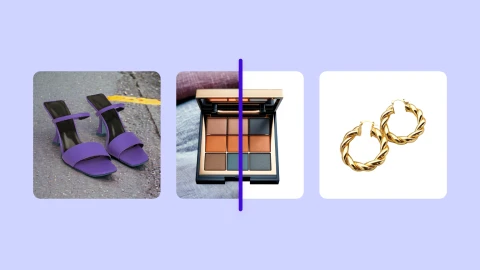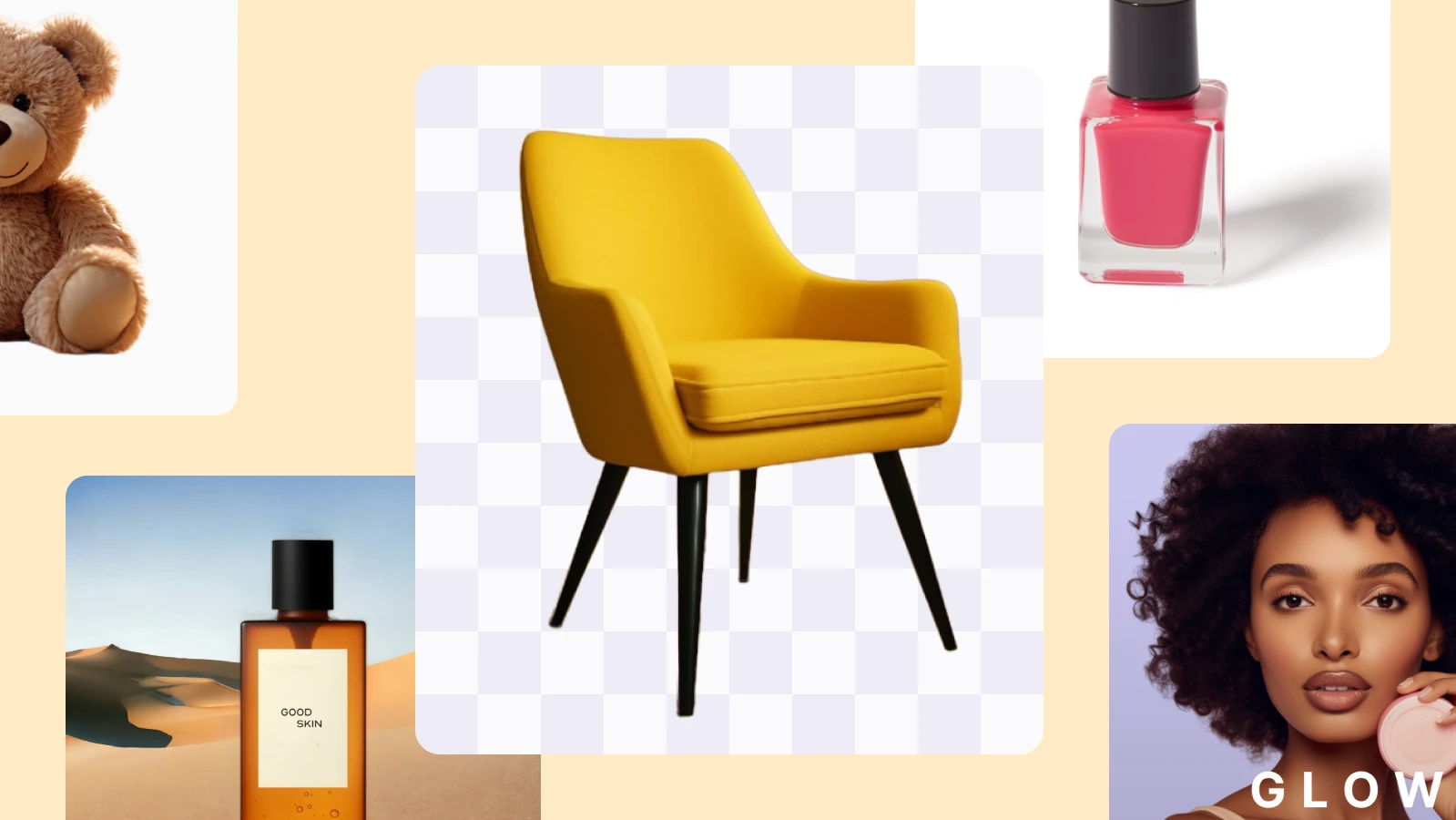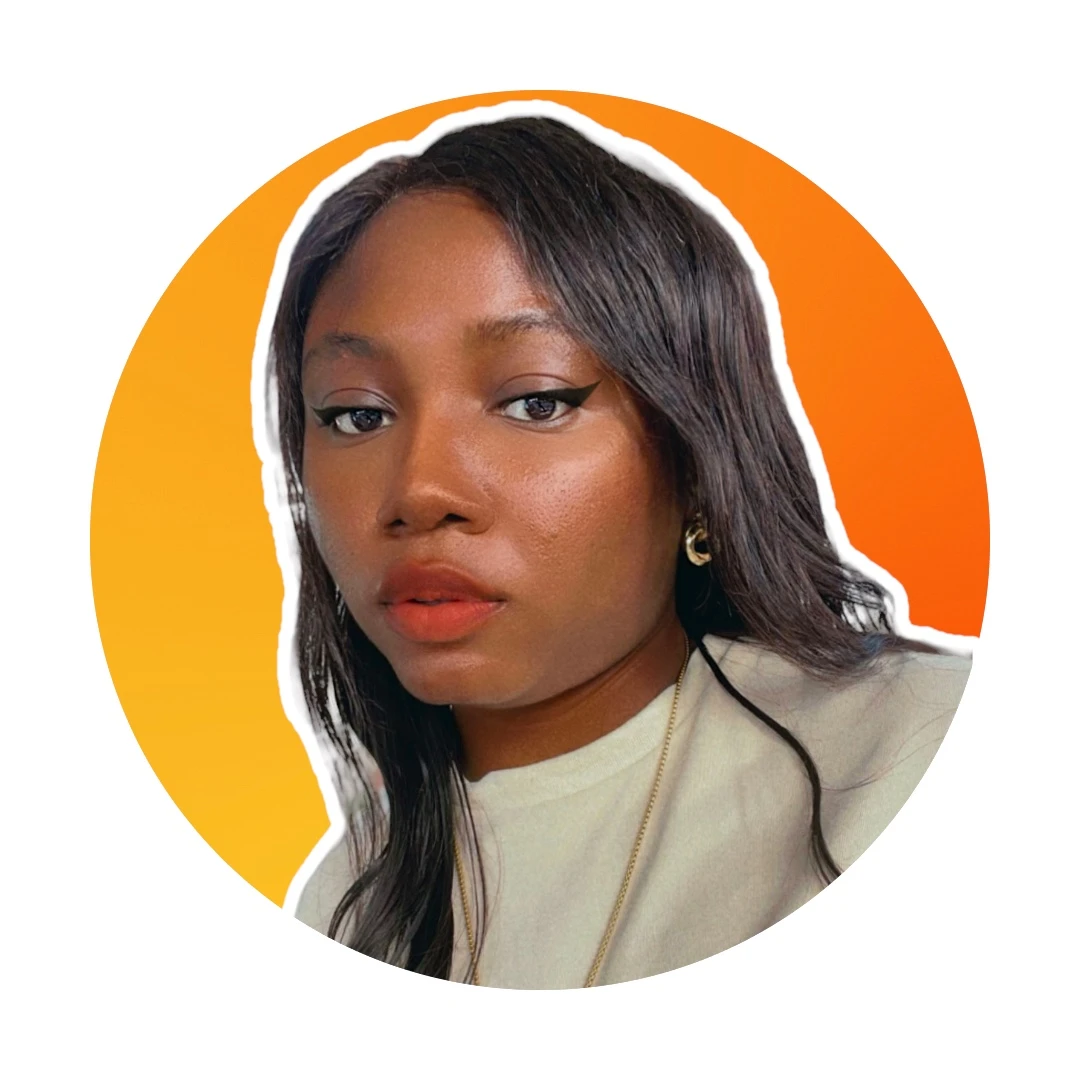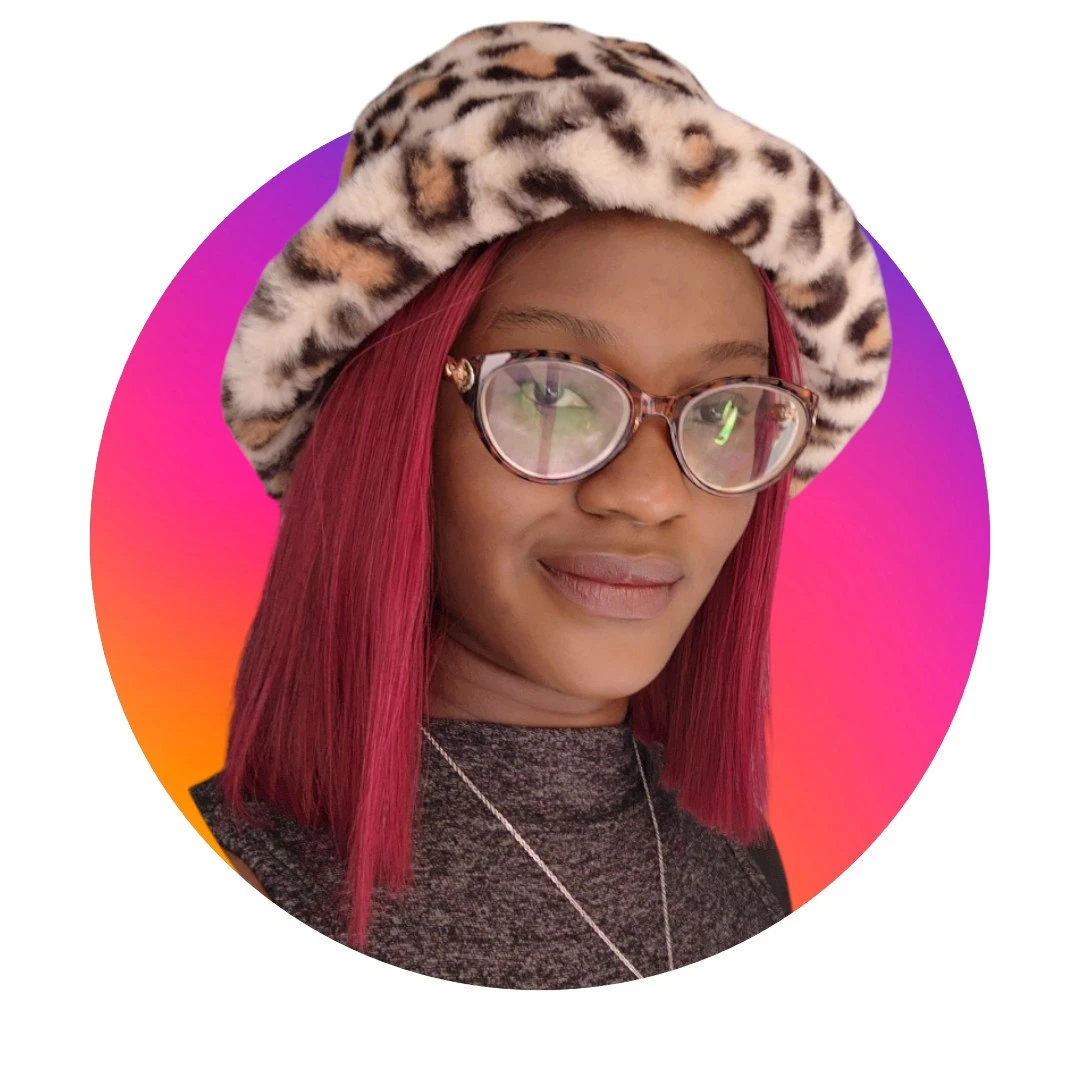Best generative fill alternatives for 2025


AI-powered image editing has exploded in popularity over the last few years, with 47% of companies surveyed planning an investment in Generative AI platforms. We’re talking about a pivotal shift in how individuals and companies interact, manipulate, and create digital images. This has been driven by rapid improvements in generative AI technologies, and a handful of players pushing the boundaries of what’s possible with AI photography.
This article will focus on the idea of generative fill. More specifically, we’re going to explain what generative fill is, and profile some of the best generative fill alternatives on the market, including Pincel, Midjourney, and DALL-E 2 & 3.
Let’s first make some clarifications about the terminology “generative fill” and what that means for users.
What is generative fill?
Generative fill is a tool that leverages artificial intelligence to automate image editing tasks through simple text prompts and selection tools. It’s a term Adobe has begun using to describe both the term “inpainting,” and their tool that offers this functionality.
Inpainting is a process that allows users to select a portion of a digital image and add newly generated content—or remove existing objects—thereby modifying the overall image. AI-powered inpainting is available on a handful of tools today, including Adobe, DALL-E, and more.
This technique lets you alter existing images using AI, editing them in a way that blends easily with their original context. For example, users can delete specific objects within an image, and a generative fill tool will automatically fill in the deleted area with data from the surrounding pixels. Users can test and experiment with new creative possibilities for the image, or make complex edits and refinements to fix issues with the original file—all without having to dedicate hours of time to manual photo editing.
Historically, inpainting has been a manual process that is used to restore damaged or deteriorating artwork.
For example, if a painting experienced damage due to transportation, inpainting would be used to restore the lost portion of the image. Today, AI powers inpainting for digital images, allowing users to alter any part of an image to their will, and generate entirely new objects and landscapes with simple word descriptions.
Inpainting is the opposite of outpainting, which is the process of using an AI image generation model to extend beyond the existing canvas. It’s similar to inpainting, but instead of creating new regions within an image, it generates new regions outside of it.
The following diagram gives you an idea of how each process works. First is inpainting. Using a tool like Photoroom, you can paint over an object within an image to remove it. The tool's AI analyzes the pixels around that image and creates a seamless background in its place. The second line is outpainting. This is where you would take that existing image and extend the background beyond the original borders of the image. The black area around the image on the bottom right illustrates where the new background would go when using an outpainting tool.
These features allow users to achieve astonishingly realistic results from their photo editing efforts that match the existing image’s perspective, lighting, and style. Most importantly, they help to achieve these results with significantly less effort and time than manual photo editing processes.
Top 5 alternatives to generative fill
Adobe has made a lot of noise with their Generative Fill tool. But they are far from the only platform available for AI-powered inpainting.
Here’s a quick list of top alternatives to Adobe Photoshop’s generative fill:
Photoroom
Pincel
Midjourney
DALL-E 2&3
We’ll dig into each tool a bit later in the article. But first, let’s briefly highlight how generative fill transforms traditional image editing.
How generative fill transforms image editing
Speed, flexibility, and cost-effectiveness are the primary benefits of generative fill and AI-powered inpainting features. They remove barriers to creativity that traditionally existed in the form of expensive editing products and steep learning curves.
Here are the main ways that generative fill transforms image editing:
Creativity and flexibility. Generative fill tools streamline the creative process and open up new avenues for creativity. Users can envision and execute complex edits in a matter of seconds, allowing them to experiment with new compositions at the speed of their own creativity.
Time-saving and efficiency. Traditional photo editing tasks like removing objects or adding content required a detailed understanding of photo editing tools and technique. And it took hours to get to the desired result. AI inpainting tools automate these processes, dramatically reducing the time required to make complex edits.
Enhanced precision and quality. Generative fill uses AI and machine learning to understand the content and context of images at a granular level. This enables it to generate or alter parts of images with a degree of precision and realism that’s incredibly hard to replicate with manual editing techniques.
Cost effectiveness. By reducing the need for extensive manual editing or the hiring of professional photo editors for straightforward tasks, generative fill makes high quality image editing more accessible and affordable.
And while most complex photo editing has been completed on desktop computers, many of the benefits above can now be achieved through mobile apps with built-in AI inpainting features.
What can you use generative fill for?
AI inpainting and generative fill are still evolving technologies. The scope of their impact on photo editings, and what they’re able to accomplish, is still to be seen.
Currently, there are three main use cases for generative fill:
Content creation and modification. AI inpainting allows users to effortlessly create content or modify existing files and generative AI images. This includes adding new objects or elements into a photo, creating backgrounds from scratch, or even generating entire scenes based on text-to-image prompts.
Content removal. AI inpainting tools excel at removing unwanted elements from an image, such as objects, people, or blemishes, in just a few clicks. The AI seamlessly fills in the space left behind, ensuring that the background blends naturally with the rest of the image. This feature is invaluable for cleaning up photos, improving composition, or focusing attention on the main subject.
Image extensions and transformation. Generative fill can also be used to extend the boundaries of an image—i.e. Outpainting—change background, update outfits in fashion photography, or even alter the lighting or atmosphere of a scape.
The extent of these capabilities, and the ease at which these alterations can be done, depends on the tool being used.
When selecting a AI inpainting tool, we recommend weighing the following considerations:
Ease of use. Look for tools with an intuitive user interface that caters to all skill levels. Consider whether the tool provides guided tutorials or resources to help you get started quickly and efficiently.
Quality and accuracy of results. Assess the quality and consistency of the generative fill results.
Customization and control. Determine the level of customization the tool offers. Can you fine-tune the results? Does it allow for adjustments post-generation, such as editing the generated content or refining the blend with the original image?
Cost and pricing model. Is it a one-time purchase, a monthly subscription, or does it offer a free version with limited features? Evaluate if the cost aligns with your budget and usage needs.
With this in mind, let’s profile some of the best generative fill alternatives and tools available today.
The best generative fill alternatives to try in 2025
As mentioned, Adobe is well-known for its branded generative fill technology, but there are other applications on the market that are potentially more suited to specific use cases and user types.
Let’s look at some of the best generative fill alternatives available today.
Photoroom
Photoroom offers a full suite of user-friendly AI powered inpainting features.
Here’s an example of how Photoroom’s Retouch tool can remove objects from within an existing image. Additionally, Photoroom blends generative AI capabilities with traditional photo editing features, giving users a high degree of customization and control over the final image edits.
AI Fill, likewise, is a future tool that will allow users automatically erase specific objects in an image and then replace those objects with new ones: created through text-based AI prompts to the platform’s generative AI engine.
Once these generative AI edits are done, users can adjust the lighting and shadows, add text or logos, and perform a variety of other basic editing tasks. You can use the Retouch tool on our website fro free.
Photoroom plan options Free, Premium, or API
Cost: $12.99 USD per month of $89.99 USD for Premium or multi-tier pricing for API.
Adobe
Adobe offers a generative fill tool that’s called... Generative Fill. It’s powered by Adobe’s gen AI engine called Firefly, and allows users to add, remove, or expand image content with text prompts within Photoshop.
Some standout features in Adobe Photoshop’s generative fill tool include:
Automatic image manipulation, which lets users remove unwanted elements of an image.
Generate images and objects, which allows users to add new items to the scene by selecting an area of the image and describing what they want to include in a text prompt.
Background generation, which is Adobe’s inpainting tool to extend the canvas for a wider landscape or replace an existing background.
 Adobe generative fill is available within Photoshop, either on desktop or the web. It’s currently only available on iPad, but not for Android or iPhone devices. Users can try the product for seven days before making a purchasing decision.
Adobe generative fill is available within Photoshop, either on desktop or the web. It’s currently only available on iPad, but not for Android or iPhone devices. Users can try the product for seven days before making a purchasing decision.
Plan options: Photoshop and Generative Fill only, or full access to Adobe's Creative Cloud.
Cost: $29.99 USD per month with a limit of 500 generative AI credits (access to Photoshop only) or $78.99 per month for a full Creative Cloud subscription.
Pincel
Pincel is a web-based application that offers a suite of AI inpainting features that simplify photo manipulation.
Pincel allows for quick and efficient editing, making it an attractive option for users seeking a more budget-friendly and accessible image editing solution than Adobe.
Key generative fill capabilities in Pincel include:
Object removal, which allows users to remove unwanted objects or edit parts of the image using brush strokes.
AI editor, which allows users to input text descriptions of the edits they want to make to the image.
Pincel also offers dedicated features for portraits, logos, QR codes, and more via their web application.
 One key differentiator between Pincel and a platform like Photoroom is that Pincel is a web application that has been made compatible with mobile devices. It’s not a dedicated app that’s been custom-built for Android or iOS.
One key differentiator between Pincel and a platform like Photoroom is that Pincel is a web application that has been made compatible with mobile devices. It’s not a dedicated app that’s been custom-built for Android or iOS.
Cost: Single plan that costs $19 USD per month, or $96 per year. One day free trial.
Midjourney
Midjourney is a research lab that focuses on independent generative AI. They create tools that are designed to utilize the power of AI for creativity and exploration in image creation.
One such tool is called Vary (Region). This is a tool that allows users to regenerate specific parts of high quality images so that they can add or remove elements using a text-to-image prompt. Combined with another tool, Remix Mode, users can select and edit specific parts and then add entirely new objects. Such as: "put some sunglasses on that dog". "Then put that dog on a table." Currently, Midjourney’s tool is in Beta mode. Users can join the beta by navigating to Midjourney’s website, clicking “Join the Beta '' and then following the sign up process through the company’s Discord channel. Because of this, Midjourney users must have an active Discord account—the tool is not available outside of this platform.
Currently, Midjourney’s tool is in Beta mode. Users can join the beta by navigating to Midjourney’s website, clicking “Join the Beta '' and then following the sign up process through the company’s Discord channel. Because of this, Midjourney users must have an active Discord account—the tool is not available outside of this platform.
Once in, users can select from Basic, Standard, and Pro. More features become available and limits on AI generations are lifted at each pricing tier.
Price: $8 per month (Basic plan), $24 per month (Standard plan); $48 per month (Pro plan)
DALL-E
DALL-E is a tool developed by OpenAI, and is natively built into ChatGPT, or accessible through the online Labs tool (currently only available on desktop). It’s capable of creating AI-generated images, or altering existing ones, using text instructions.
A workflow for editing an image might look like this:
The user uploads an image and specifies if they want DALL-E to use this image as a prompt for a new one, or if they’d like to edit it.
Alternatively, users can also choose any existing image on the DALL-E website and make edits to that.
If the user wants to edit the image, they can use text prompts to remove specific objects, change the lighting and composition, swap out the background, and more.
Using what’s called the “Generation Frame,” users can select an area of the canvas they want to fill, as well as part of the surrounding image. DALL-E’s AI will read this information, and infill the blank area with new imagery.
 DALL-E is a powerful AI image generator, but it relies primarily on text-based prompts. Other generative fill tools, like Photoroom, blend text prompts with traditional photo editing techniques to give users greater control and granularity over their edits.
DALL-E is a powerful AI image generator, but it relies primarily on text-based prompts. Other generative fill tools, like Photoroom, blend text prompts with traditional photo editing techniques to give users greater control and granularity over their edits.
Cost: A free plan is available, bundled with ChatGPT. $20 per month as part of ChatGPT Plus.
A closer look: Photoroom’s generative fill technology
Photoroom continues to launch new AI tools into its application, building on key functionalities like generative fill. See the video below for a complete profile:
Retouch, specifically, is a generative fill tool that allows users to paint over specific parts of the image they don’t like and remove it in seconds. AI Fill will take this a step further by allowing users to not only delete images, but replace them with new objects created with text prompts.
Photoroom’s visual AI technology has been making big waves in the photography in recent years, with the launch of its own foundational Gen AI model called Photoroom Instant Diffusion. Since then, the speed of this generative engine has increased by 40%, and is demonstrably faster than other text-to-image AI models on the market.
This, combined with Photoroom’s mobile and web-based applications, user-friendly interface, and blend of AI and traditional photo editing features, gives users a powerful generative fill alternative for anywhere from one to thousands of images.
Try Photoroom for yourself today. It’s accessible on both mobile devices and desktop, and can be downloaded from the App Store, the Google Play Store, or by using Photoroom Web. Set up your account in less than a minute, and start saving valuable time for the tasks you love the most.
Related articles
















